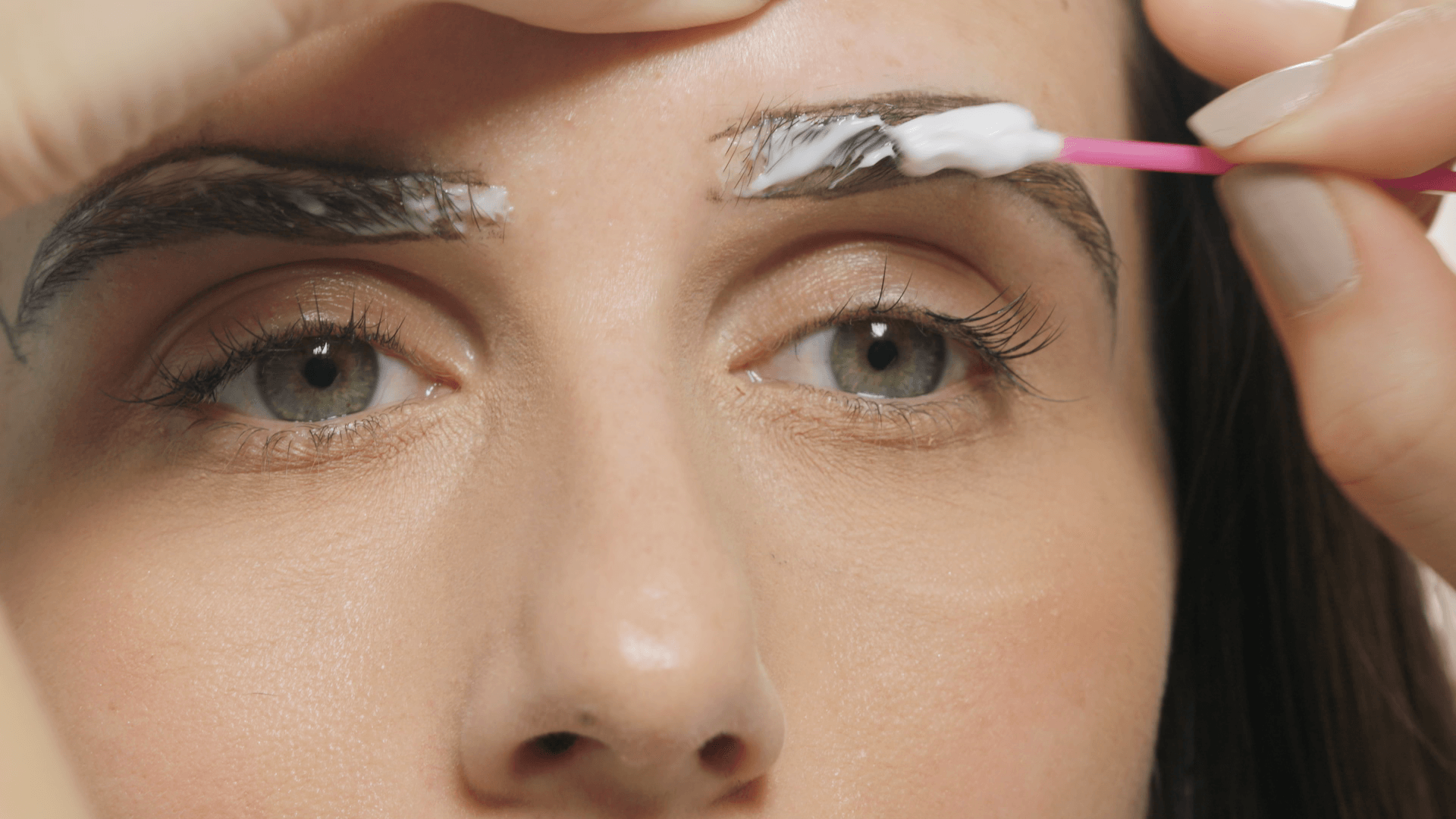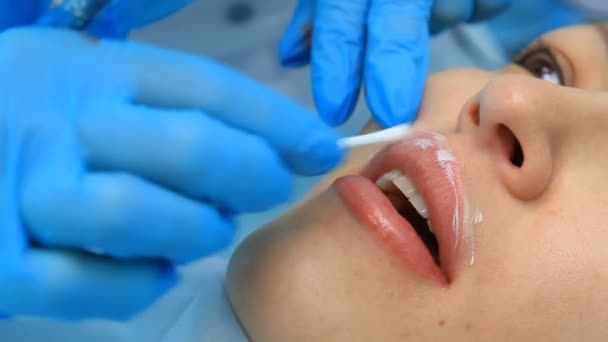Pain Control in Permanent Makeup and Microblading

There’s no doubt that tattooed makeup has become a high-demand service in the beauty industry. Many potential clients interested in permanent makeup or microblading procedures wonder what type of numbing will be used during their treatments. They like to be assured that the procedure will be conducted safely and that Permanent Makeup Artist will keep them comfortable. Keeping the client comfortable during a permanent makeup procedure is a challenge for many permanent makeup artists.
Clients should be aware that some discomfort is associated with this procedure. Each client’s level of pain tolerance is a very individual thing. It is easier to perform permanent cosmetics treatments on someone that already has permanent makeup, microblading, tattoos, piercings, or cosmetic injections because they already understand the process.
Working on a person that has never had any type of plastic surgery, facial injectables, or permanent makeup is more difficult for the Technician. The new client does not know what to expect.
The technician’s responsibility is to walk the client through the procedure letting them know exactly what is going to happen. The client has fear of the unknown. Professionals will do their best to keep the client comfortable during the treatment, but, it is up to the client to take control and start off the procedure in a positive manner.
Topical Anesthetics in Permanent Makeup and Microblading Procedures

Topical anesthetics used before and during permanent makeup and microblading procedures are available in the form of creams, gels, and liquids. Depending on the area of the body being treated, these procedures may require the use of local topical numbing.
Any use of topical anesthetics should be targeted and limited to the minimum, to prevent the possibility of toxic effects. Even with topical application, it is possible it will get into our nervous or cardiovascular system. Using topical numbing creams on vascularized parts of the skin causes more absorption than in the parts where we have little vascularization.
Numbing creams are absorbed by the dermis and block the sensory receptors from transmitting pain signals along the skin’s nerve fibers. To determine which anesthetic should be used depends on the area and length of micro-pigmentation. Professionals start with procaine that is a short-acting anesthetic, others prefer lidocaine with intermediate duration, tetracaine and bupivacaine have long-lasting effects.
Keeping the Client Comfortable in Permanent Cosmetics - secondary numbing

Once our designed outline is pigmented to capture the shape and skin is broken, we switch to topicals effective on broken skin. To extend numbing effect professionals increase the dosage or add vasoconstriction substances. These substances reduce the risk of bleeding in the area of application. Anesthetics may cause allergic reactions, from a rash to anaphylactic shock. Technically they harden the tissues and make it harder to implement the pigment.
Conclusion
The technician should wisely consider using anesthetics, especially on clients with certain underlying conditions. Permanent makeup or microblading shouldn’t be painful, some discomfort is a normal reaction and is temporary. There is a popular opinion in the industry that using some of the numbing agents could possibly change the color of the pigment in the skin after healing.
Most of the clients that come to us are always presently surprised to find that permanent makeup is not nearly as painful as they once thought. Some clients will feel slightly uncomfortable when getting permanent makeup due to the “scratching” sensation. When your client is comfortable, you can work more effectively and much quicker.
